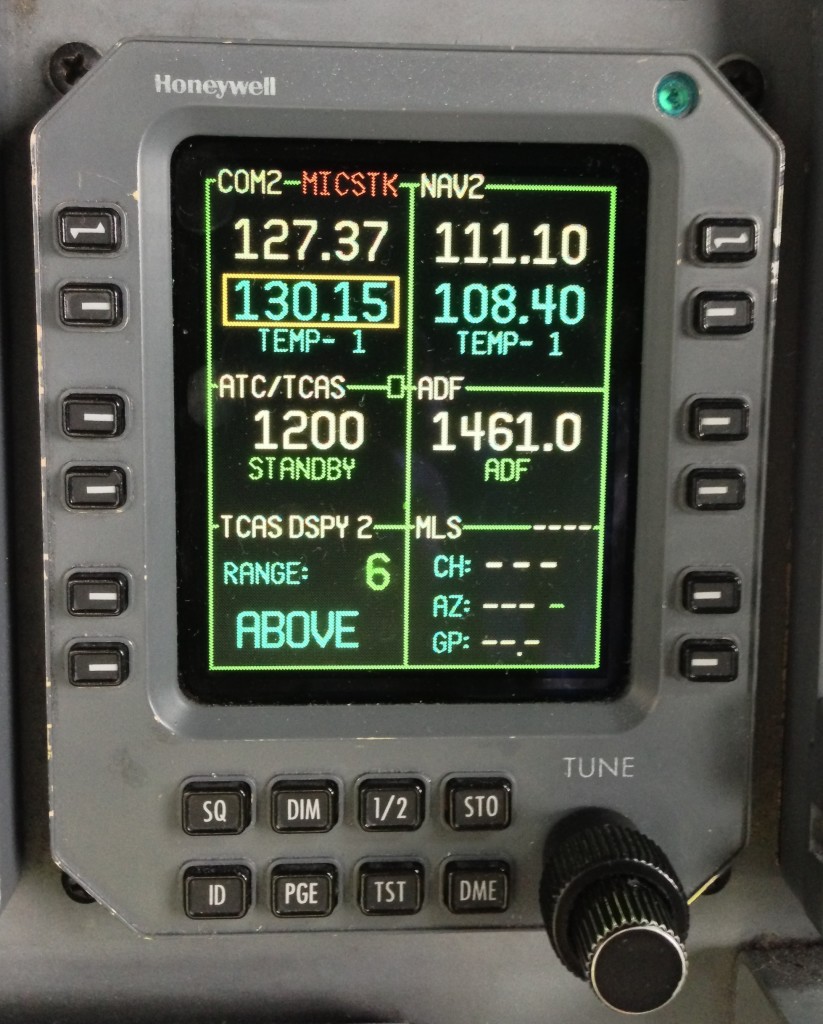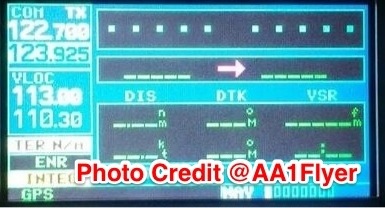

Sometimes it’s hard to tell when your Push To Talk switch is stuck in the transmit position, also known as having a “stuck mic.”
You’ve heard about it, maybe even read about it before. There’s plenty of stories on the Internet about pilots with stuck mic’s transmitting their cockpit conversations in-the-blind while we all listen and cringe. They don’t always end up being sexually explicit, expletive riddled, conversations between two professional Boeing 737 pilots like that infamous incident out there (Google it, it’s embarrassing to link to). Nevertheless, they do happen. There was even a recent incident where the Air Traffic Controller had a stuck mic on his end!
So how do you know if it’s you?
As it turns out, many avionics packages DO alert the pilot when their Push To Talk switch is stuck in the transmit mode. One example of this is a feature of the Radio Management Unit produced by Honeywell. The system is not only built with a red “MICSTK” alert message that displays on the radio screen, but it also disables the transmission function with an automatic cutout of the affected Push To Talk button–affectively disabling itself and all the Push To Talk switches on the affected side of the cockpit. So at least with this particular Honeywell unit the transmission will cut out (cease) on it’s own.
Many of the new, digital, glass general aviation avionics packages out there also alert the pilot of a similar instance. While it may not alert you that the mic is stuck or automatically cut out the transmission, there’s almost always a very small “TX” inscription depicted on the radio unit screen as you transmit. A constant illumination of the TX inscription while you’re not intentionally talking or transmitting on your radio would be the best indication that your Push To Talk switch is stuck.
Check it out, there’s a good chance you didn’t even notice the TX inscription before–it’s certainly there on all Garmin radio products.
Just why is a stuck mic so problematic? Well, the obvious reason is that it prohibits Air Traffic Control from communicating with pilots and vice versa. You recall what happens when two people try to transmit on the same frequency at the same time? Usually a bunch of squealing and radio distortion where typically nobody can be understood clearly. You wouldn’t want to miss that important traffic or low altitude alert that could save your bacon. Mmmmm, bacon. Anyway…
Next time you’re out flying and you hear a stuck mic, check your radio unit screen and look for one of these inscriptions and then sigh in relief when it isn’t you.
Clear Skies & Calm Winds,
SMAC

